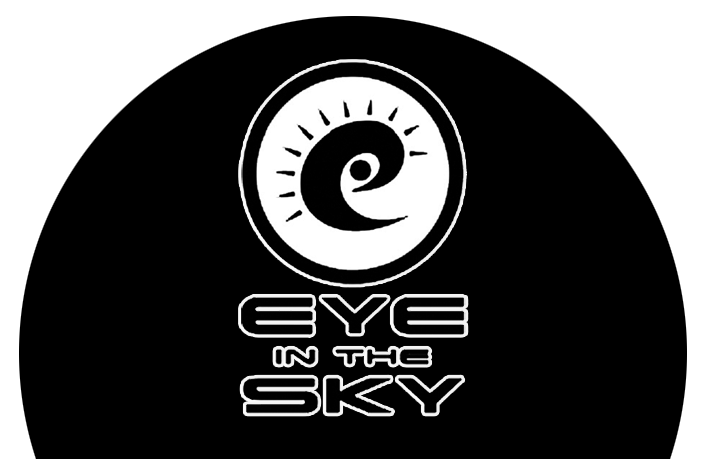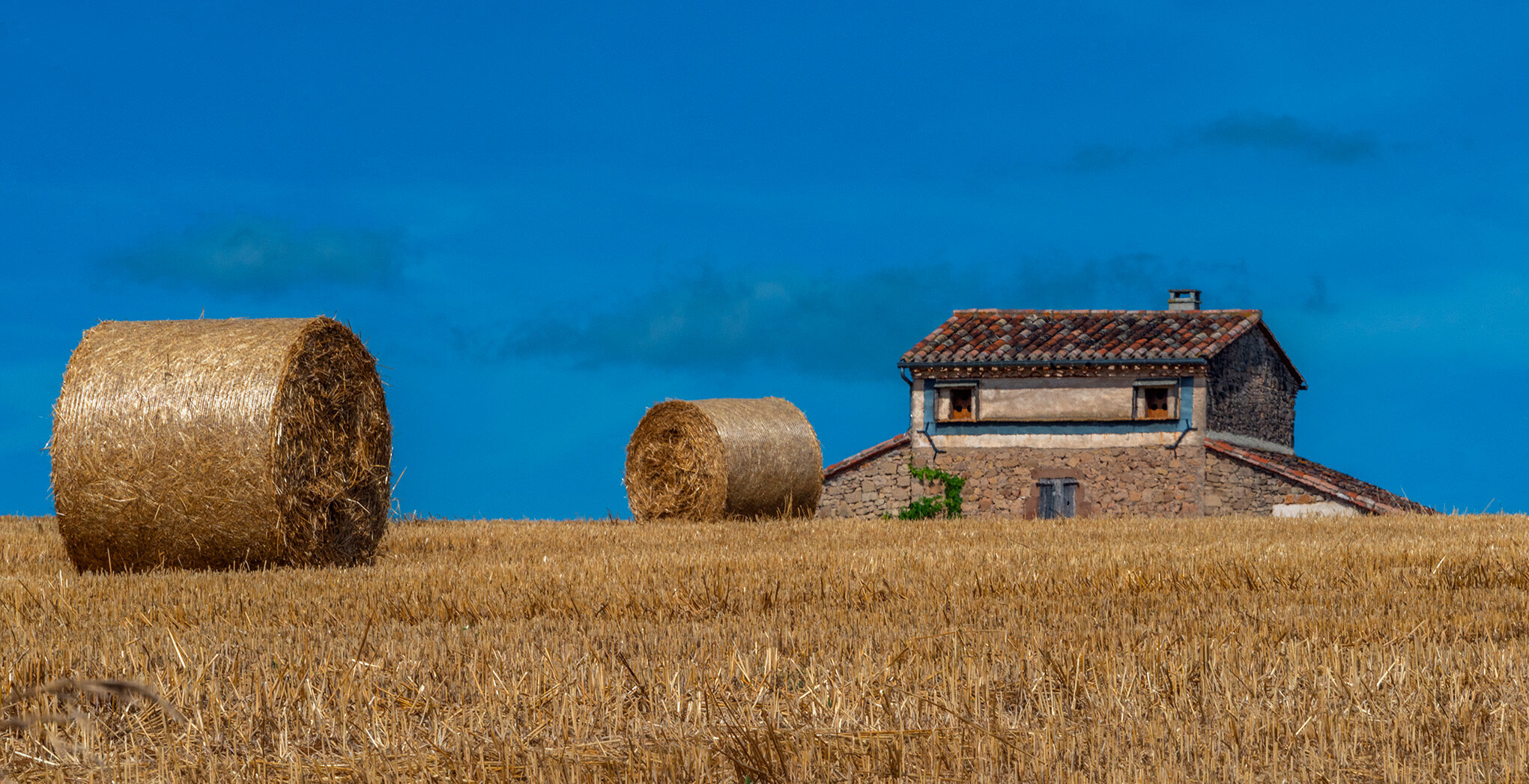ANGLES
COMPOSITION - exploring angles
These are not spectacular images by any stretch of the imagination, but they help to illustrate this chapter. The lesson here is to really look at your subject and observe the thoughts you have, no matter how fleeting they may be. Every subject can offer multiple points of view, either on their own, or in relation to nearby objects or the landscape itself. For instance here are five frames of the same building. In (a) the barn appears to have a face observing the hay bales, yet in (b, c) it seems to echo - whether by design or coincidence - the village of Cordes behind it. So depending on the lighting and the angle you choose, the message to your viewer will change in accordance.
They all work, just for different reasons.
BEACH DRIFTWOOD
If you come across a relatively simple object like this large piece of driftwood, start exploring all the angles and see if something sparks. Your first thought may be ‘...mmm...funny.. it looks like a dinosaur’ and sometimes it’s that simple and you explore this angle. But you may also find it’s the lighting as well (c) combining with the subject, but you will only know this when you explore it. These four frames show the same piece of driftwood. The frame (b) looked to me like a distorted washed up Lion, and I figured I would bring this out later in Photoshop. Whereas (a) to me had no inference at all, so I moved on. But looking back along the beach to the driftwood (c & d) offered different perspectives.
The 28mm (d) wide angle pushed the background away whilst keeping the tree dominant. Changing to a telephoto lens (c) 200mm brings the background closer. yet the driftwood stayed much the same relative size in both frames.
So it’s worth really studying the subject, especially if you were drawn to it. Though it may not be apparent at first, somewhere in there will be a frame worthy of the setting.










